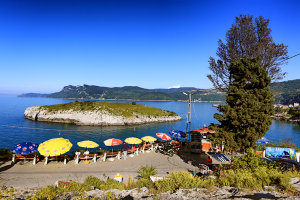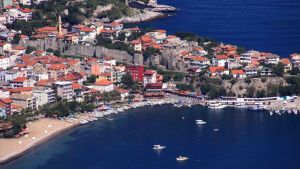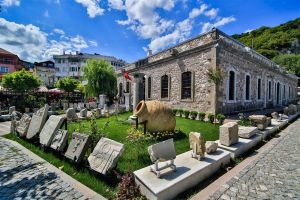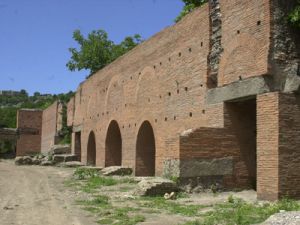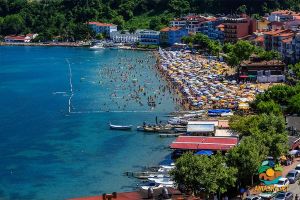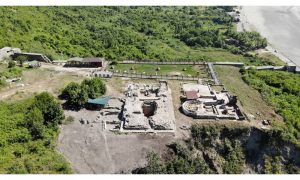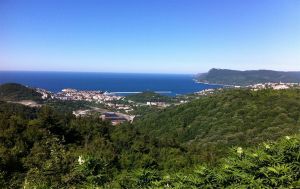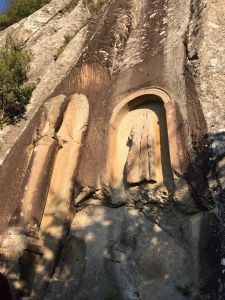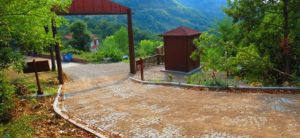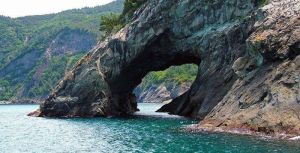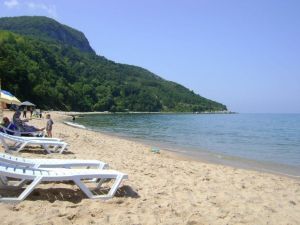The route of Amasra
The route of Amasra
Amasra is known as the pearl of the Black Sea. It is a paradise of unspoiled natural beauty and living historical remains of the past.
Amasra is known as the pearl of the Black Sea. It is a paradise of unspoiled natural beauty and living historical remains of the past.
In October 1460, the armies of the Ottoman Empire, led by Sultan Mehmet the Conqueror, launched a campaign against Amasra, which had been conquered by the Genoese in the 13th century. In October 1460, the armies of the Ottoman Empire, led by Sultan Mehmet the Conqueror, launched a campaign against Amasra, which had been captured by the Genoese. According to legend, when Fatih Sultan Mehmet came to the city on a high hill, he used the following words to express his admiration:
"Lala, lala!, is this the Fountain of Cihan?" and sends a message to the castle: "I do not want to take such a beautiful place by damaging it. Bring me the key of the castle. Oh, my God.
According to the story, the commander of Amasra Castle brings the key to the hill where Fatih is, and the city is taken without a fight.
Amasra, with a promontory extending into the sea, two bays serving as protected ports on either side of the promontory, and independent islands connected to the mainland, is a settlement with a 3,000-year history of Amastris in ancient times, both local arts based on weaving and fishing, and surrounding woodland. Amasra is still a tourist area with original fish restaurants, hotels and boarding houses.
The Bedesteni of Amasra, the Ancient Theatre, the Acropolis, the Necropolis, the Underground Bazaar, the Early Opus Revincium Quays and Drifters, the Ruined Church of the Byzantine Period, the Castle of Amasra, the remains of the Ottoman baths in Amasra, the Arch Bridge of the Byzantine period in Amasra, the Underground Galleries, the Cave of Amasra, the Great Monument on the Bird's Nest of the Roman period, the Castle and the coats of arms, the Church (Fatih Mosque), the Chapel (House of Culture), the Carved Caves and the ruins of the Bedestan are the visible faces of the ancient city. Parts such as the Theater for 5,000 people, the Forum, the Avenue of Honor, the Underground Bazaar, the acropolis and the necropolis are underground.
